Tua Rita Wines’ Redigaffi was the first Italian wine to receive a 100-point score from Robert Parker, the renowned wine critic. Upon reviewing the 2000 ‘Redigaffi’ Toscana he wrote that the vintage was, “as close to perfection a wine can get.”
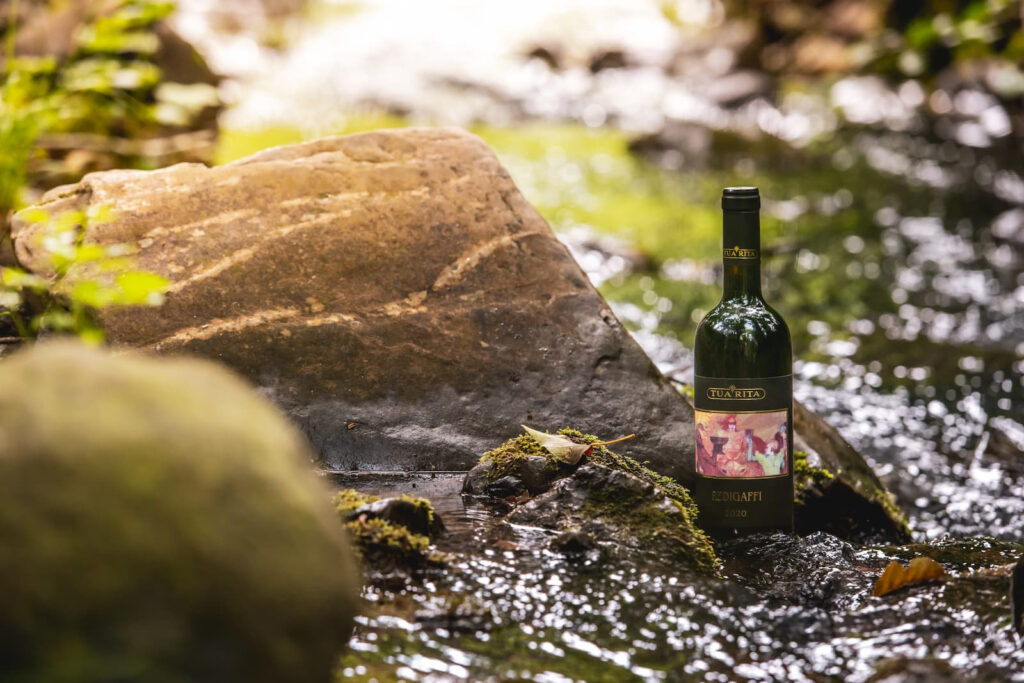
The story begins in a medieval town of Suvereto, Tuscany. Approximately 100-metres above sea level sat a five-hectare vineyard, in Val di Cornia, which was set to become of the region’s most important and highly-regarded estates. This was thanks to two farmers, Rita and Virgilio, who bought the estate in 1984, creating what would become Tua Rita under their ownership. Thanks to the efforts of son-in-law Stefano Frascolla, and respected oenologist Stefano Chioccioli, Tua Rita has expanded to cover more than 55-acres, producing some 220,000 bottles per year.
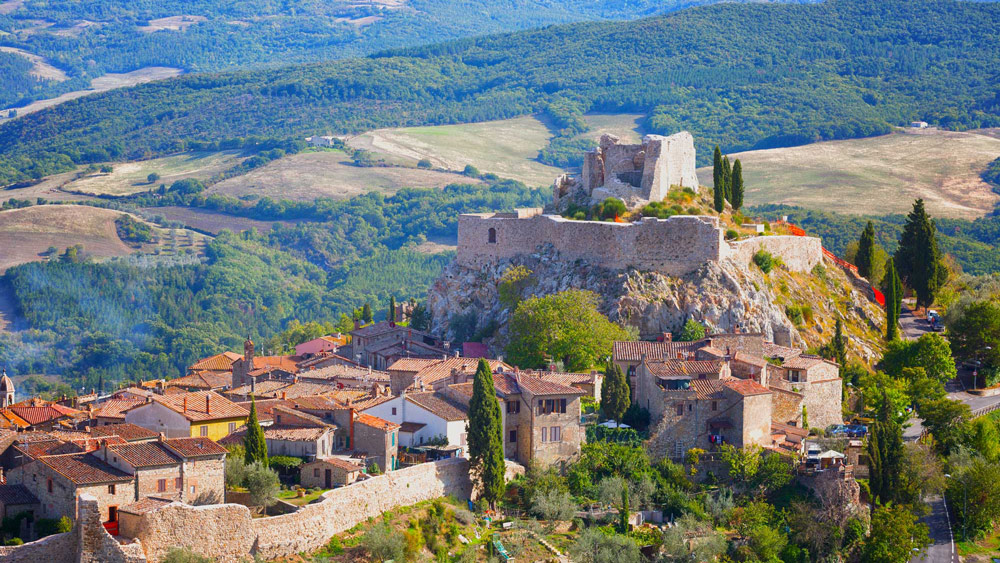
What makes Tua Rita so special is that the vineyard’s land is placed on a slight hill with a constant slope, and its soils are mainly composed of stones, rocks, clay, silt, sand, and, above all, a rich set of mineral micro-elements. Tua Rita follows the footsteps of the great Italian tradition of the artisanal winery. The fact that this wine, with minimal and non-intrusive enological interventions, has become a standout among Tuscan wines —and indeed Italian wines as a whole— was somewhat unexpected. They planted Cabernet and Merlot across their original 37.5 acres with the aim of working the land in a natural way and managed to produce a beautiful Merlot for their blend in the Super Tuscan wines. “Super Tuscan” referring to red wines from Tuscany that may include non-indigenous grapes, particularly Merlot, Cabernet Sauvignon, and Syrah.
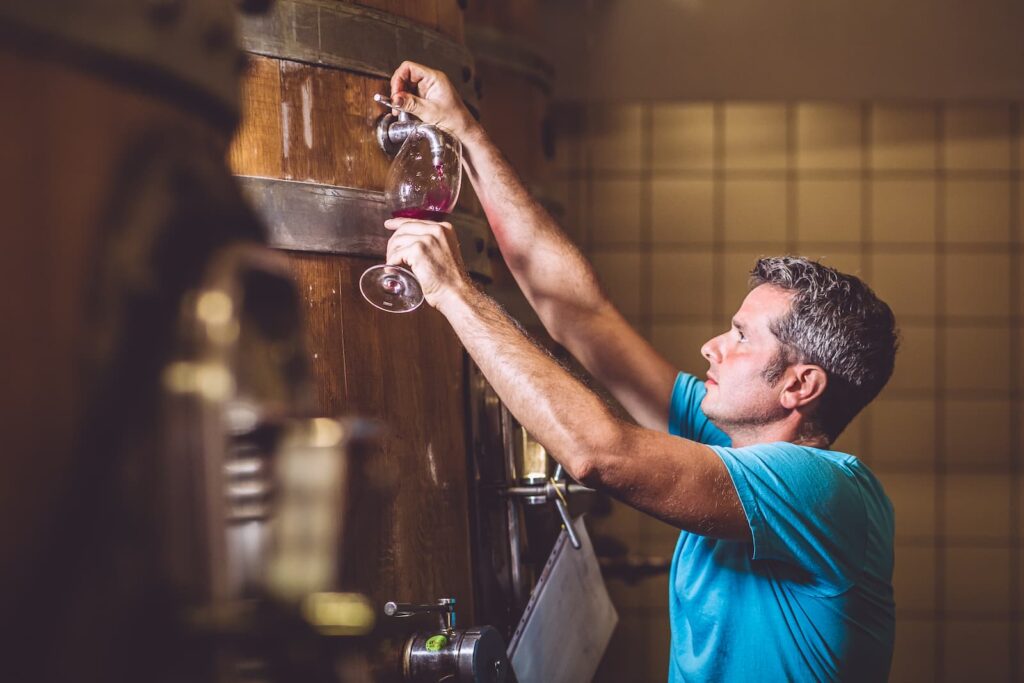
Being blessed with a favourable terroir is only half the story. Tua Rita’s winemaking process is painstakingly thorough: grapes are handpicked, arriving in small batches at harvest; then they go through further selection and carefully de-stemmed at sorting tables before undergoing a gentle crushing. The ‘must’ (fresh-pressed juice) is transferred to conical wooden vats for fermentation. Depending on the vintage, maceration lasts 25 to 30 days, with carefully-controlled remontage (the process of pumping red wine up from the bottom of the tank, poured over the top of the fermenting must, aka pumping over). After fermentation, the wine is moved by gravity flow into oak barriques for malolactic fermentation, followed by a maturation period of at least 18 months in oak.
Tua Rita is one of the prominent names among the Super Tuscans, but this reputation isn’t due to its size. Instead, it’s the hyper-detailed boutique production process that has guaranteed quality year after year, as reflected in the consistently high scores from critics.

Having heard so much about this wine, I must say I was incredibly excited to finally try it. As a I poured into glasses, the history, images of the lands, the winemaking process and artisanship all flowed through my mind.
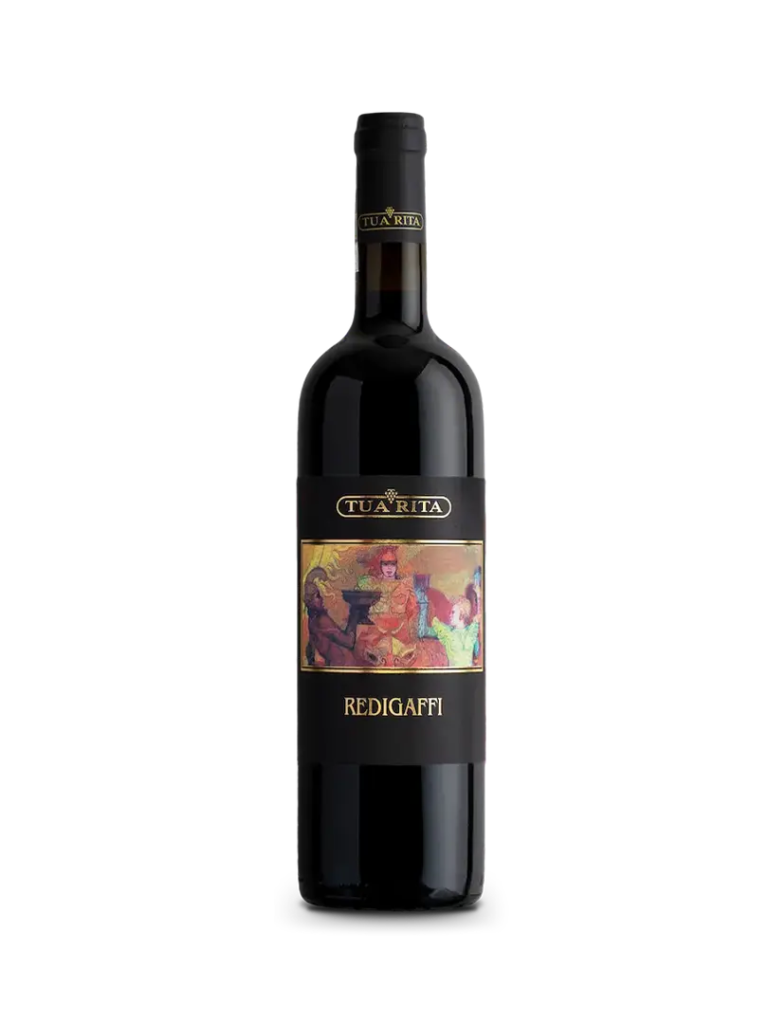

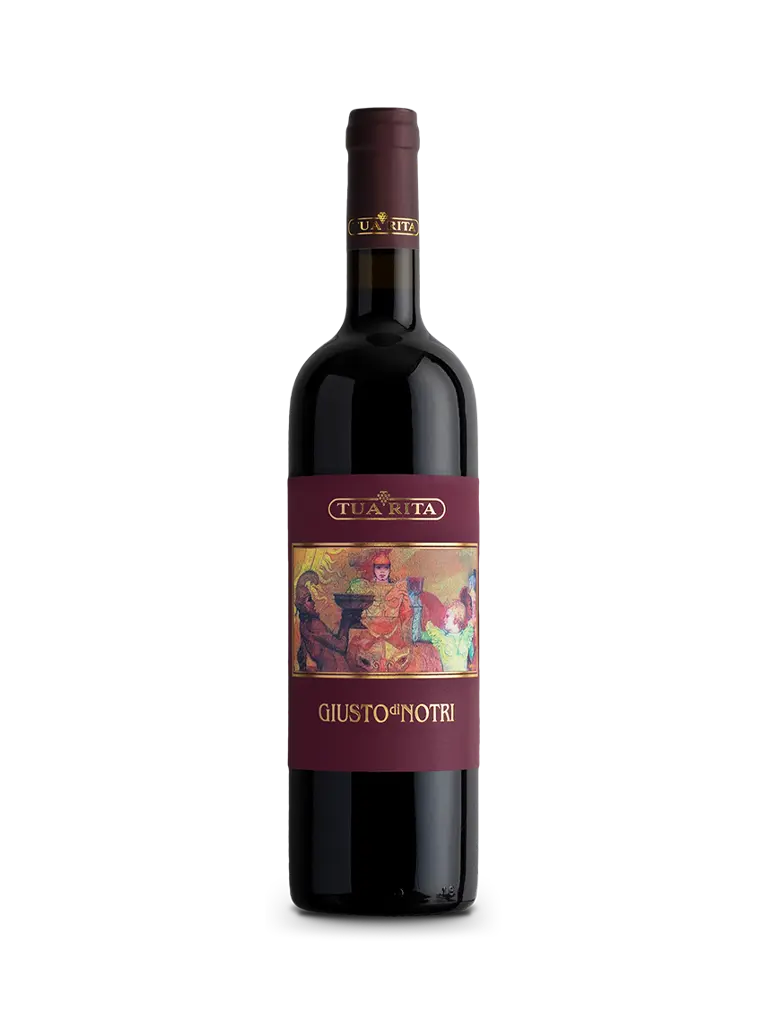
First on the sip list is the Redigaffi IGT Toscana, with its deep ruby colour. Its aroma is pronounced, incredibly layered and complex, with so many notes wafting up each time I took it in: beautiful red fruit characters, lots of cherries, and some plum; a great proportion of spices like cinnamon, cardamon, nutmeg, clove; mixed in with black olive, dark chocolate and even some meatiness. I could go on and on, there was so much coming out of it.
On the palate it gave fresh red fruit juice, with a well-balanced structure between the fruits ad spices. Structurally very soft and round tannin, a silky textured covered the whole of the palate, closing off with a long finish in flavour, as well as the acidity. Ever since Robert Parker’s perfect score of the 2000 ‘Redigaffi’, the wine has never received a score lower than 94 points from Wine Advocate — and now I understood why!
The second wine I tried was the Per Sempre Syrah, meaning Syrah Forever. This is a pure Syrah-based bottle, aged in French oak barriques for 15 to 17 months, with several months of bottle-ageing before it is released. The Mediterranean terroir really came out in this wine: full-bodied with intense jammy blackberries, dark plum, black pepper and a huge proportional oak character, with vanilla, clove and cedar. On the plate it displayed soft and round tannin, covering the palate softly, with a delivate balance between black pepper, tannin with high acidity and liquorice. Wine Advocate critic, James Suckling, ranked this one with a high score of 98 points.
The last wine I tried was the Giusto Di Notri IGT Toscana, a blend of Cabernet Sauvignon, Merlot and Cabernet Franc. It was rich, deep ruby-purple hued, an intense aroma of blackcurrant, blueberry, blackberry, red currant, sweet tobacco, spicy cedar wood, lots of baking spices. Full-bodied with polished tannin giving nice grip to the palate with the balance of high acidity and long finish with generous fruitiness. 93 points from James Suckling and 92 points from Decanter.
Wines such as these represent why so many parts are required to make a whole. Everything comes together so beautifully in the story of Tua Rita, from the passion of its owners, the terroir, the art of the winemaking process… this is what it takes to create a masterpiece! Speaking of masterpieces, self-taught painter Raffaele De Rosa, a longtime friend of the family, is responsible for the gorgeous work of art that now embellishes the Tua Rita bottles, accurately depicting the wine’s elegance, history and artisanship.
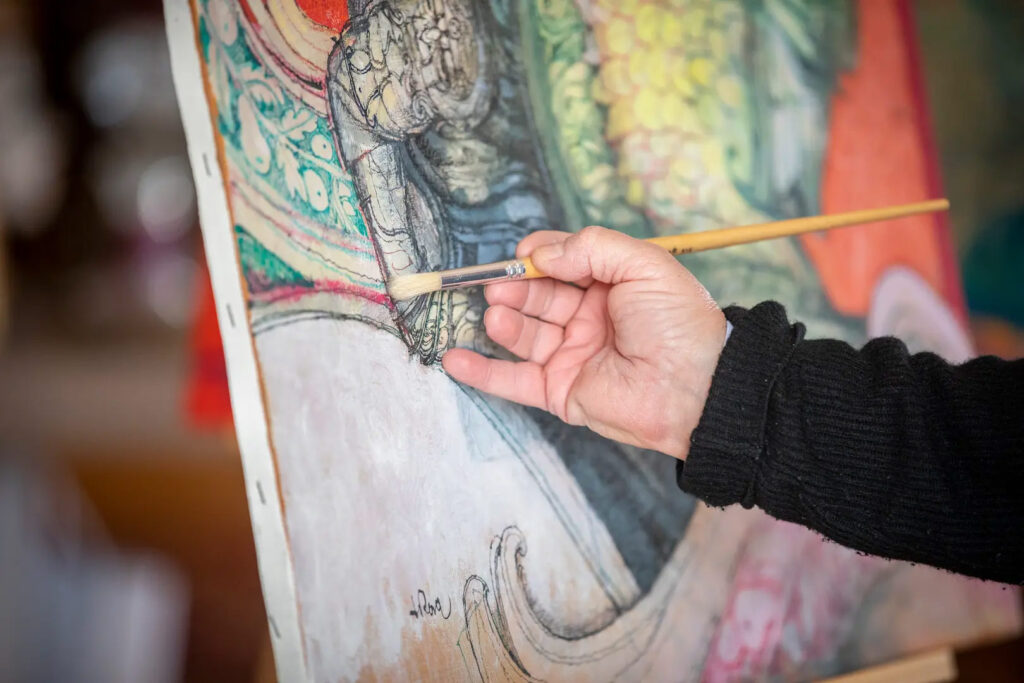
“I am Raffaele De Rosa, although in reality I do not exist.
I only live in the past and in the future.
You see me, but I am not here!”
If you enjoyed this review from Widya and are looking for more reviews from her, click here.
Text by Kertawidyawati
Images from Tua Rita





